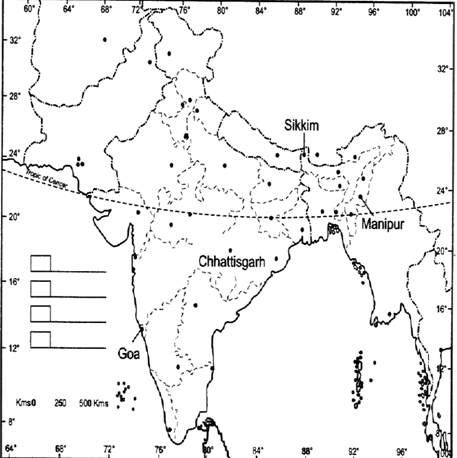⁞ Civics : Democratic Politics II
Class 10 Civics : Democratic Politics II Chapter 2. Federalism Summary, Explanation, Question Answers (NCERT Solutions)
Federalism (2. Federalism) CBSE class 10 Civics : Democratic Politics II Chapter 2. Federalism summary with detailed explanation of the lesson Federalism along with meanings of difficult words. Given here is the complete explanation of the lesson, along with summary, explanation and questions and answers of each topic of lesson 2. Federalism.
Civics : Democratic Politics II (Chapter 2. Federalism) Solution

Exercises1. Locate the following States on a blank outline political map of India:
Manipur, Sikkim, Chhattisgarh and Goa
All Questions of Civics : Democratic Politics II Chapter 2. Federalism
Exercises
Comments
Comments (0)





